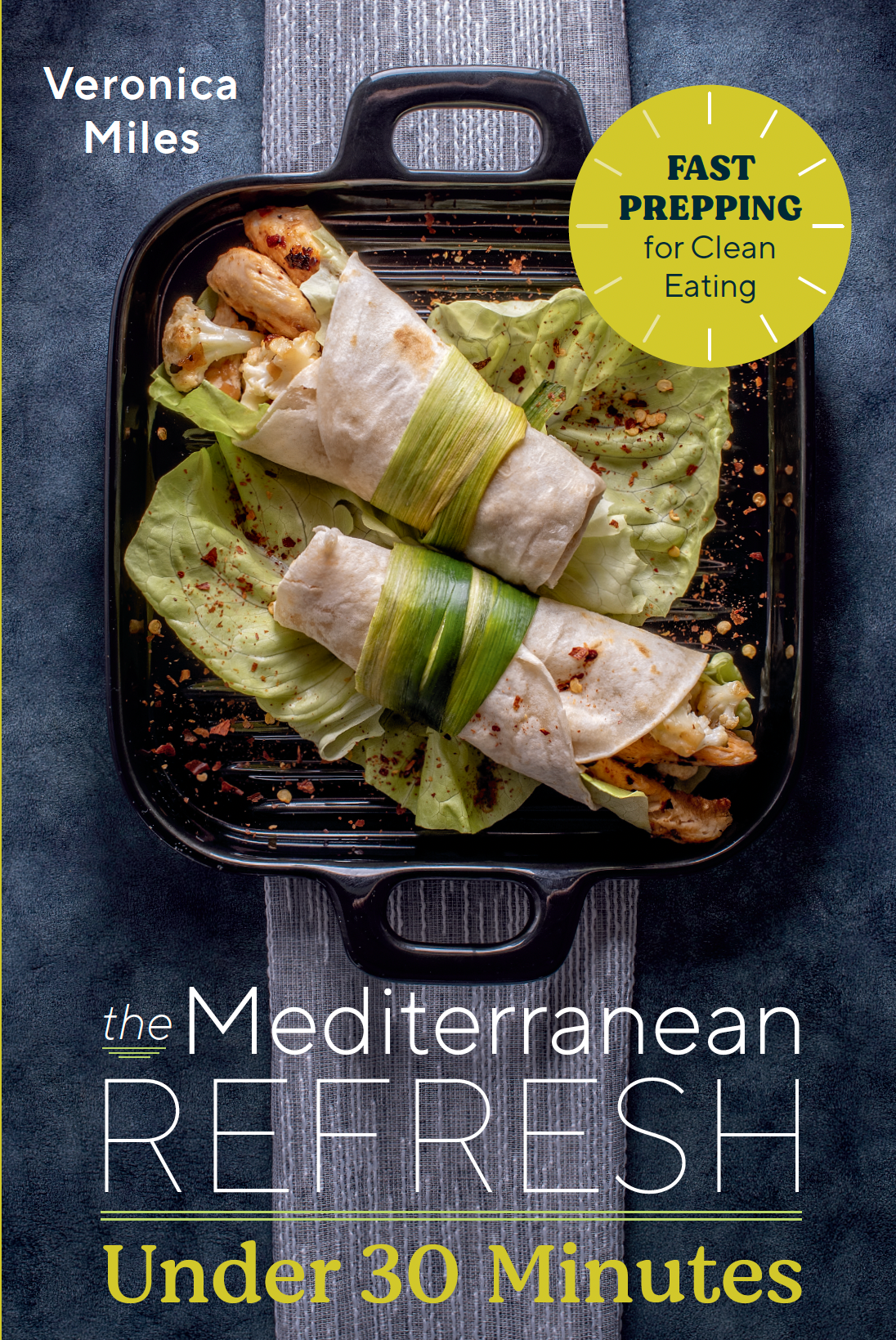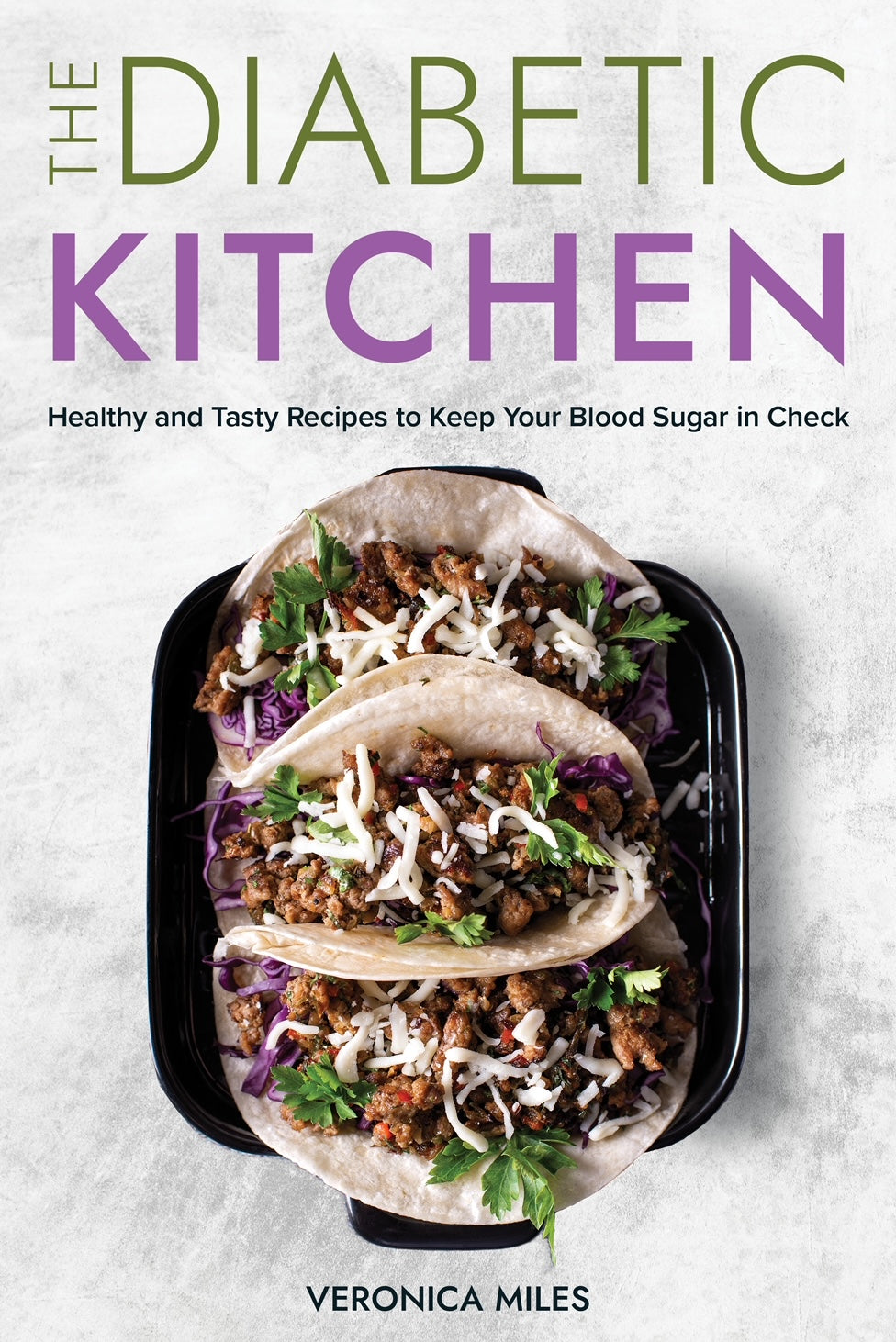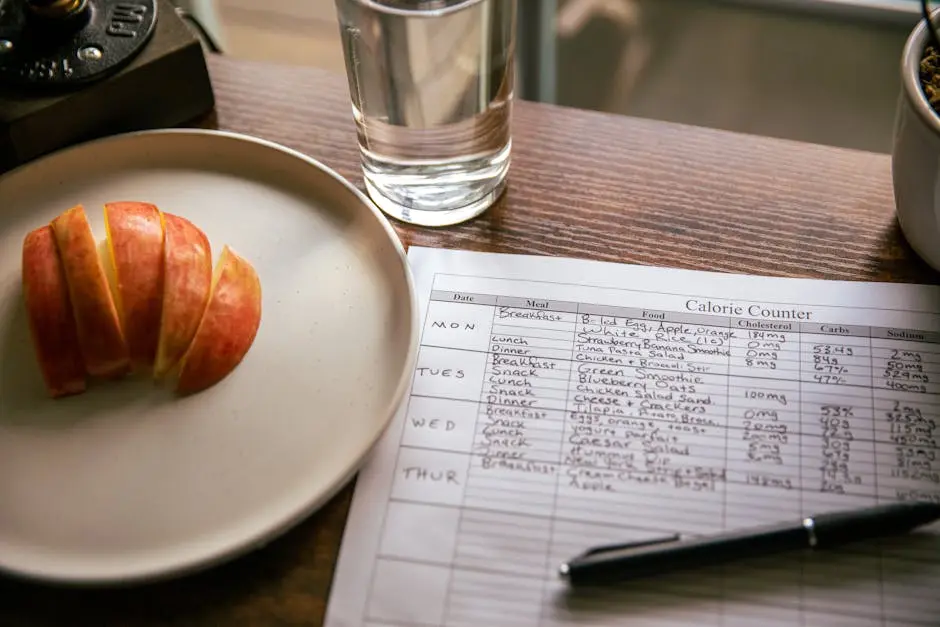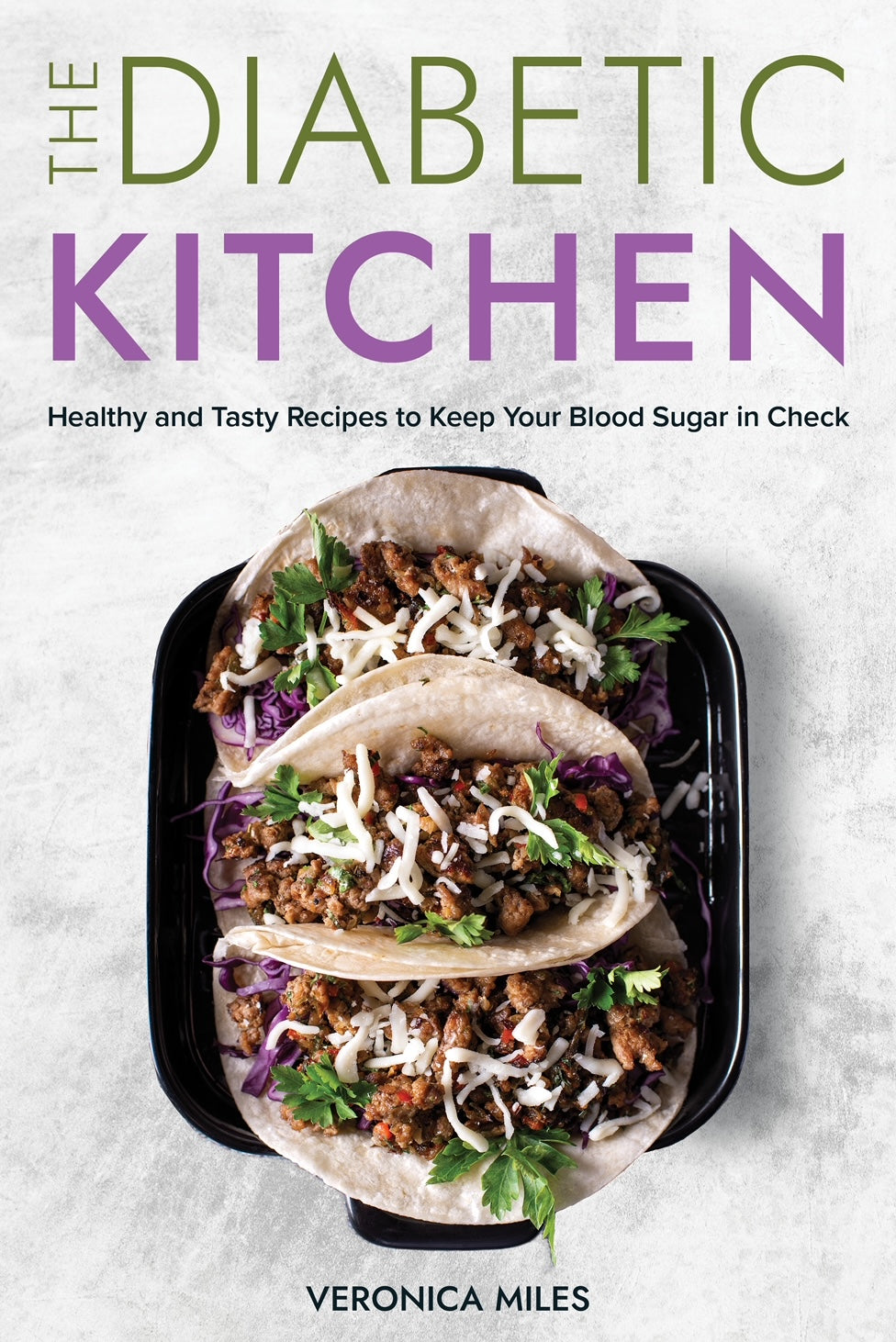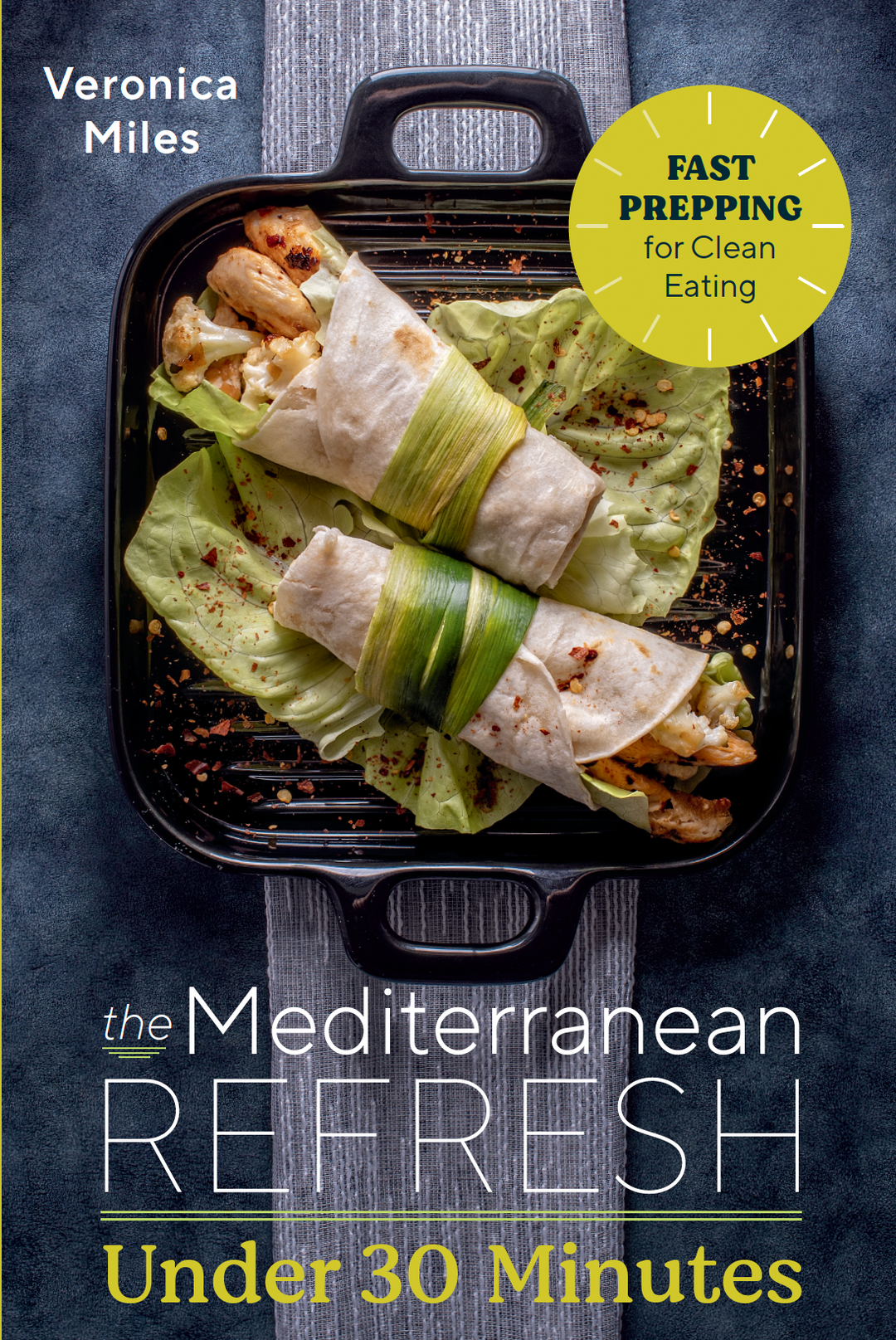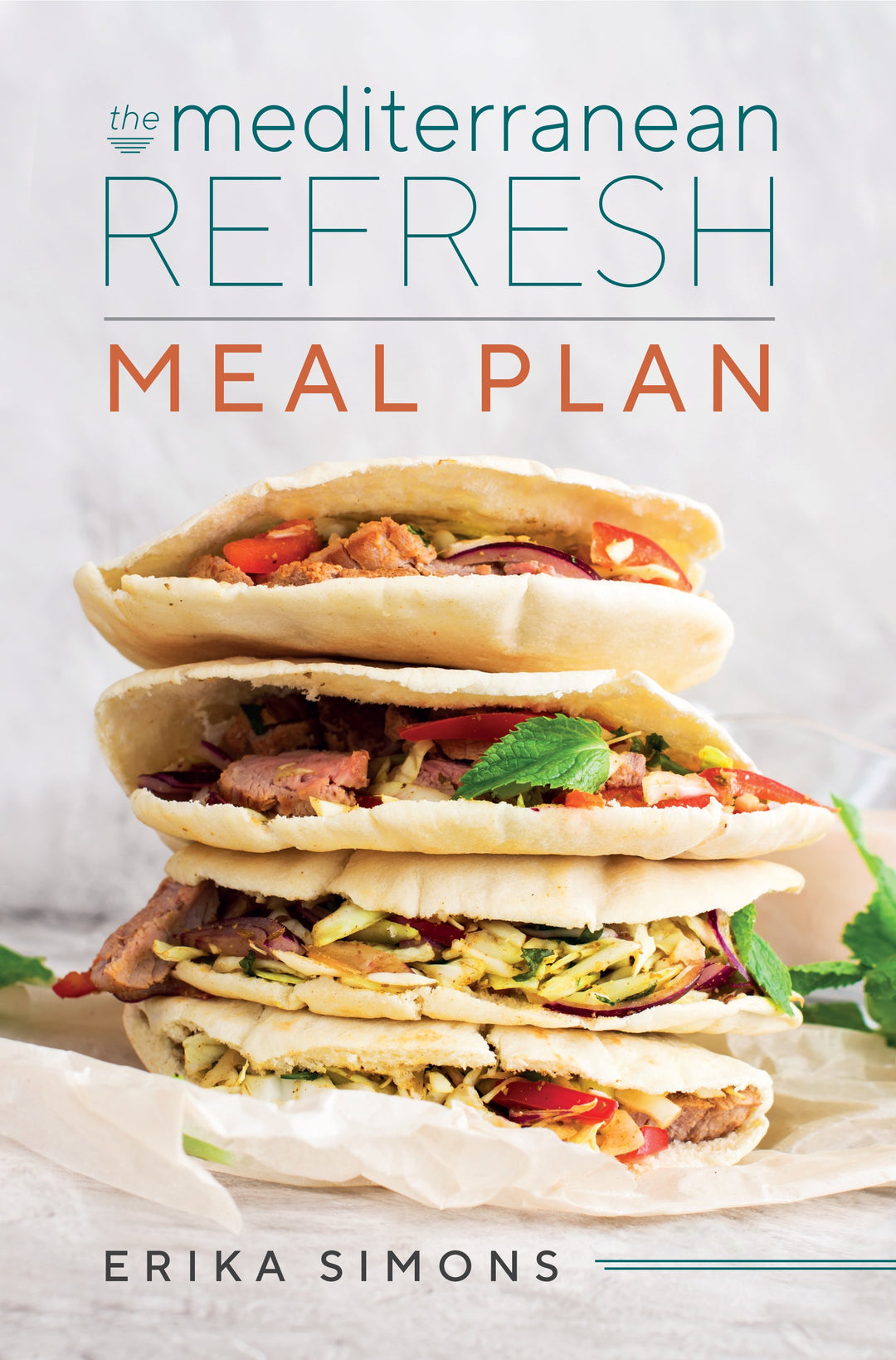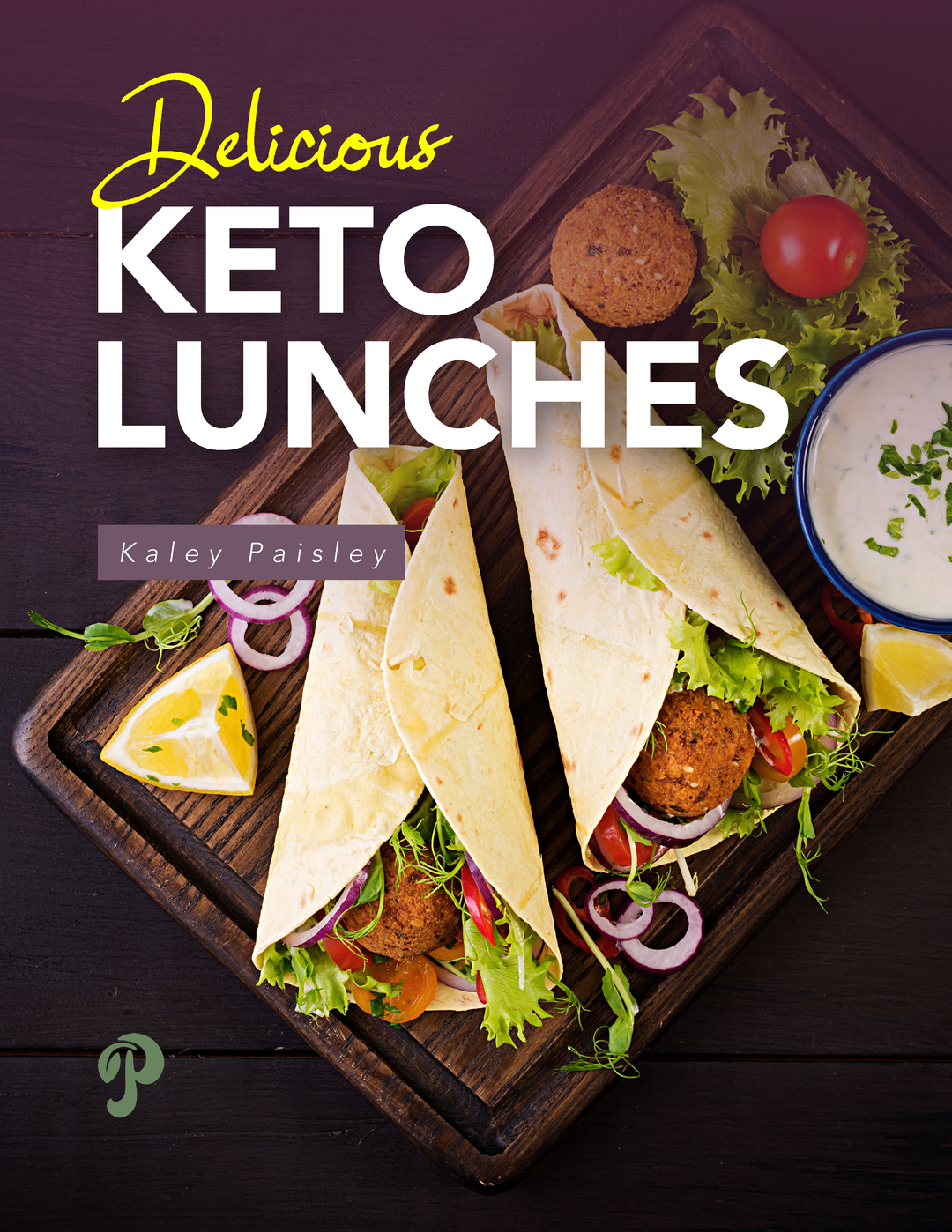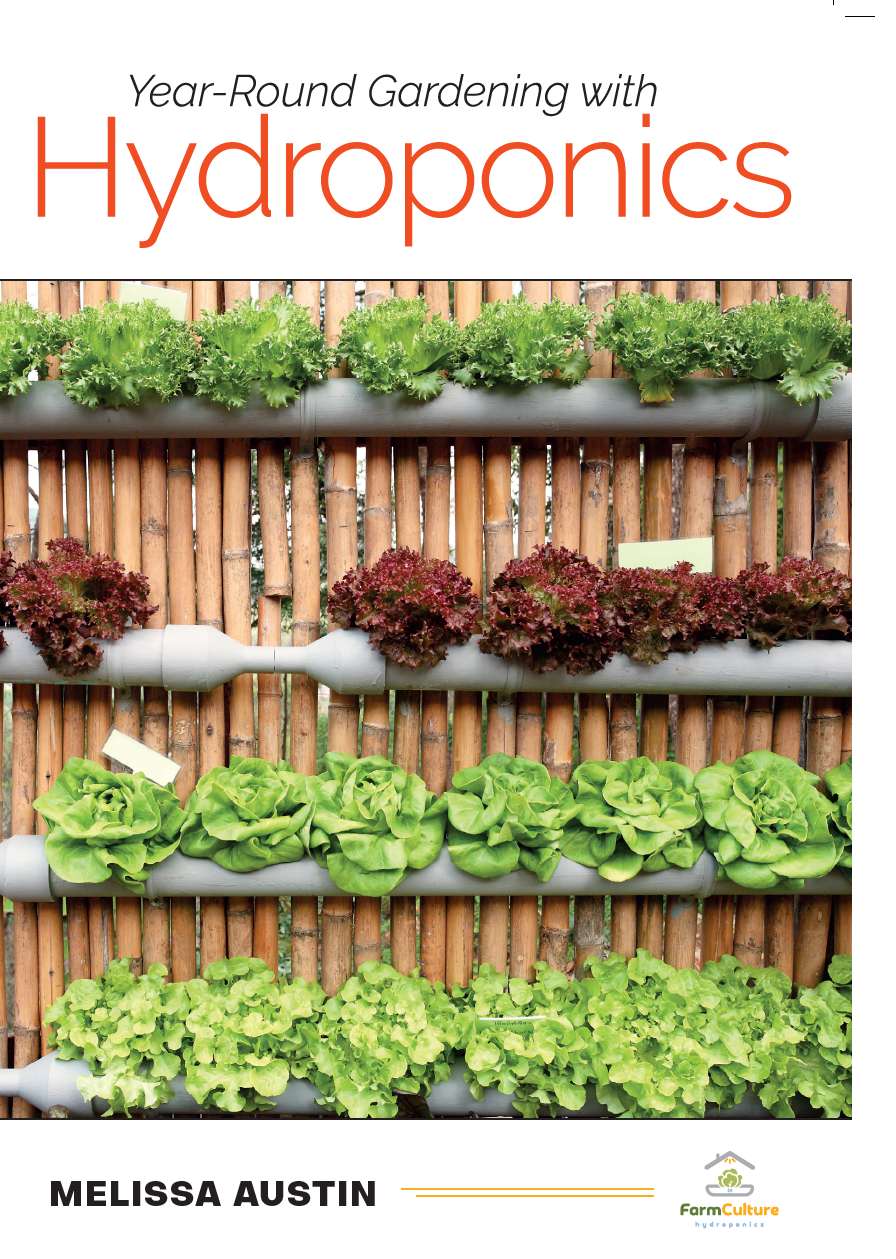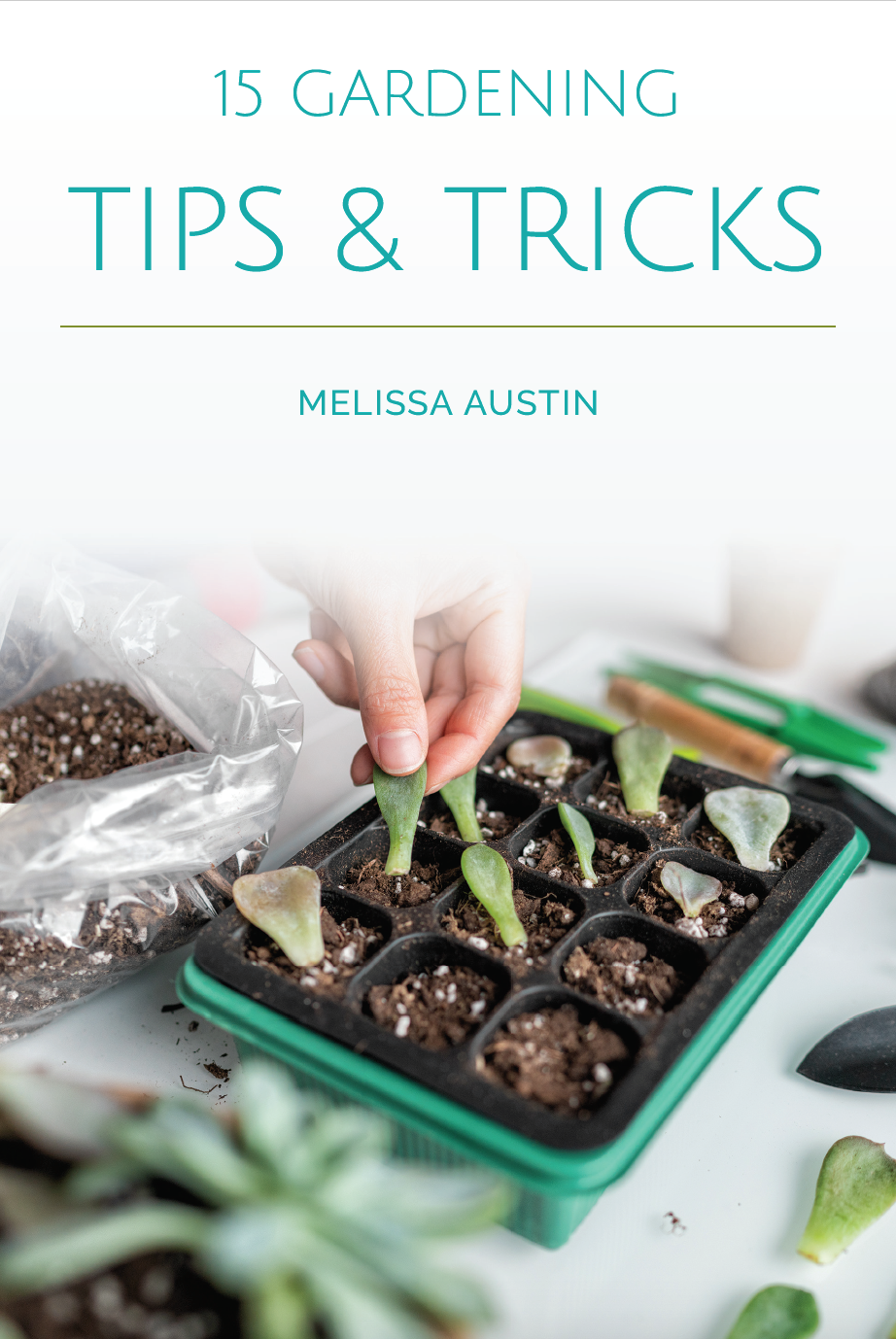Why Should I Consider a Diabetic Kitchen for Meal Planning?
Meal planning can be a game changer for those living with diabetes. A diabetic kitchen is specially designed to support healthier eating habits, making meal preparation easier and more efficient. In this FAQ, we will explore the various benefits of adopting a diabetic kitchen approach to meal planning and how it can positively impact your health and lifestyle.
Understanding the Concept of a Diabetic Kitchen
A diabetic kitchen is tailored specifically for those managing diabetes. This means prioritizing ingredients that are low in sugar and high in fiber. It’s not merely about cooking; it’s about creating an environment that supports your health goals.
At its core, the concept focuses on thoughtful meal preparation. By understanding the nutritional value of each ingredient, individuals can make informed choices. A diabetic kitchen simplifies this process, enabling easier access to healthier options right at your fingertips.
Moreover, cultivating a diabetic kitchen encourages a proactive approach. When your kitchen is stocked with diabetes-friendly foods, you naturally lean towards healthier eating during times of hunger or cravings. It transforms your habits without you even realizing it!
Benefits of a Diabetic Kitchen for Meal Planning
One of the standout benefits of a diabetic kitchen is the ability to streamline your meal planning process. With all your tools and ingredients organized, whipping up a nutritious meal becomes efficient and stress-free. This promotes consistency in your eating habits, which is vital for blood sugar control.
Additionally, a diabetic kitchen fosters creativity. When you have a variety of wholesome ingredients available, it inspires you to try new recipes. The ability to explore diverse flavors while adhering to dietary restrictions can make your culinary journey enjoyable and satisfying.
Of course, there is the issue of safety as well. Having a designated diabetic kitchen means you can avoid cross-contamination with harmful ingredients. Knowing that everything in your space is aligned with your health needs brings peace of mind.
Ultimately, the emotional benefits are just as important as the physical ones. Embracing a diabetic kitchen transforms eating from a burden to a joyful experience. This positive mindset fuels motivation, encouraging you to stick to your health plan.
Key Features of a Diabetic Kitchen Setup
A well-designed diabetic kitchen prioritizes accessibility. Key features include clear labeling of food items and organized storage for easy retrieval. When everything has a designated spot, finding healthy options becomes a breeze!
Another important feature is the inclusion of specific kitchen tools. Having measuring cups, a digital scale, and food journals can vastly enhance your meal planning. These tools not only aid in recipe preparation but also help in tracking your nutritional intake.
In addition, designated cooking zones are vital. Creating a space specifically for preparing diabetic-friendly meals minimizes distractions and allows you to focus on cooking. A clutter-free, organized kitchen is key to a productive cooking experience.
Tips for Organizing Your Diabetic Kitchen
To set up an effective diabetic kitchen, start by purging your pantry of any expired or unhealthy foods. Refreshing your space ensures that every ingredient supports your health goals and removes temptation.
Another handy tip is to categorize your food items. Separate grains, vegetables, proteins, and snacks into distinct zones. This not only makes meal preparation easier but also ensures you’re more likely to select the healthiest ingredients.
Moreover, stock your kitchen with seasonal produce. Fresh fruits and vegetables are more nutritious and flavorful, making meal planning exciting! Rotate your stock often to keep things fresh and varied.
Incorporating Healthy Recipes into Your Meal Planning
When planning meals, focus on incorporating a variety of healthy recipes that cater to a diabetic diet. Seek out dishes that emphasize whole grains, lean proteins, and abundant vegetables. This ensures a balanced approach to nutrition.
Another effective strategy is batch cooking. Preparing larger quantities of meals during the week makes it easier to stick to your health goals. Simply freeze extras for busy days when cooking may not be feasible.
Lastly, don’t shy away from trying new flavors! Experimenting with spices and herbs can elevate your meals while keeping them healthy. This creative exploration can rekindle your excitement about cooking.
Final Thoughts on Adopting a Diabetic Kitchen
By considering a diabetic kitchen for your meal planning, you can not only improve your dietary habits but also simplify the cooking process. A well-organized space with the right tools and ingredients will empower you to make healthier choices while managing diabetes effectively.




